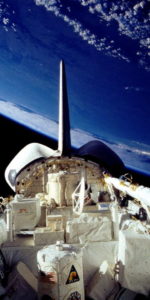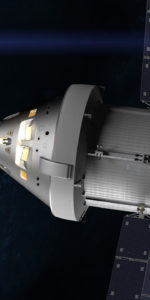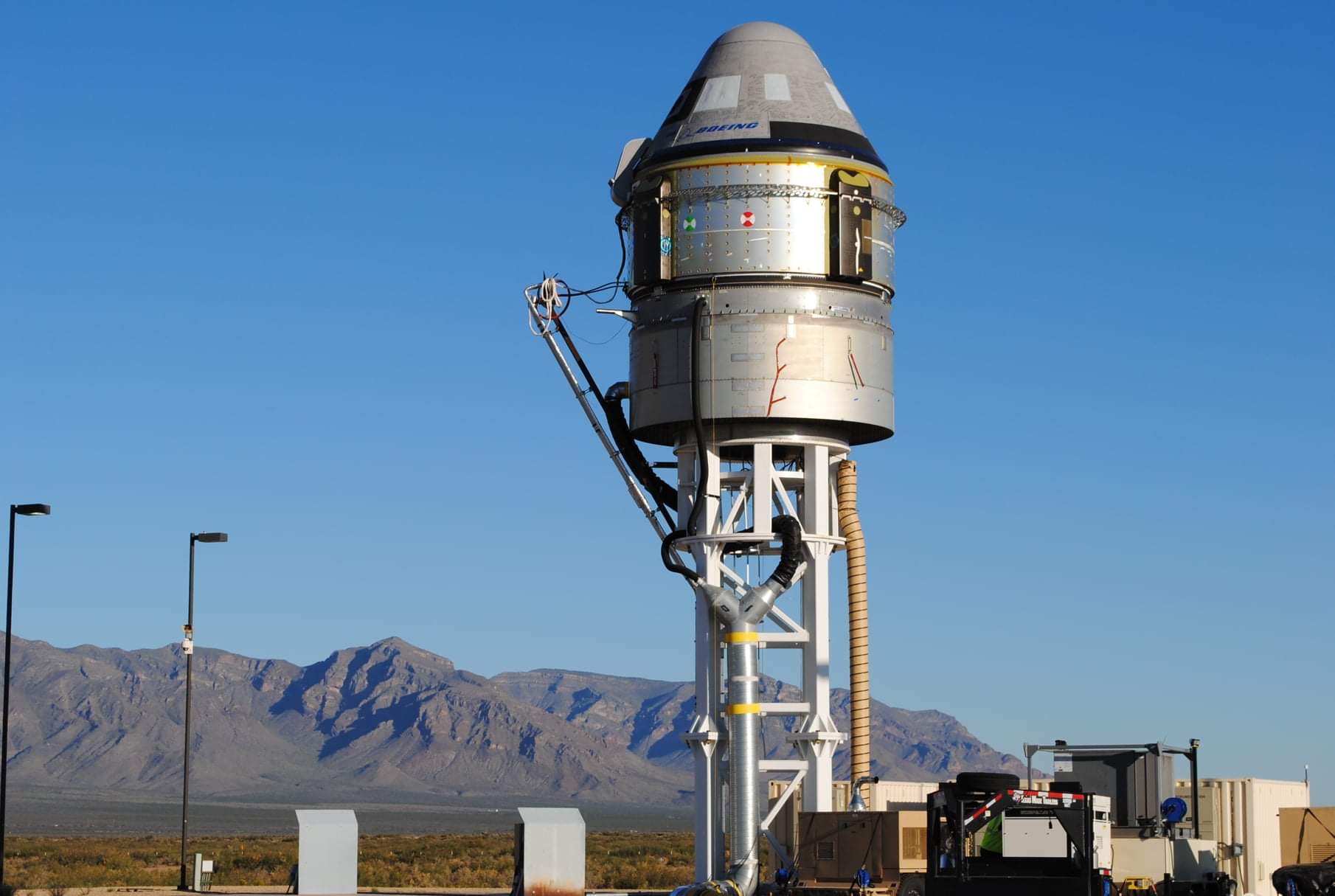
Credits: Boeing
After years of anticipation, Boeing is on the verge of several major milestone flight tests for their new CST-100 Starliner crew capsule, starting tomorrow morning at White Sands Missile Range in New Mexico with a critical pad abort test to prove it can safely escape an exploding rocket to save the crew.
It’s their first flight test under a $4.2 billion contract for NASA’s Commercial Crew Program, and will provide Boeing and NASA with loads of data to help evaluate and verify the performance of Starliner’s abort system, before NASA will certify it and board astronauts for missions to and from the International Space Station.
The 16.5-foot test article is currently sitting atop its launch stand, which represents the height of ULA’s Atlas V rocket. The test is scheduled for 9 a.m. EST, with a three-hour test window.
CLICK HERE TO WATCH LIVE COVERAGE OF BOEING’S STARLINER PAD ABORT TEST MONDAY MORNING STARTING AT 8:50 a.m EST.
“ULA has provided us with flight hardware that we’re interfacing with,” said Alicia Evans, Boeing’s Flight Director for the pad-abort test. “We have what we call a Centaur forward adapter as well as a launch vehicle adapter, and as part of our launch vehicle adapter, we have an aero skirt, and that’s all flight hardware from ULA that’ll be part of this test. It’ll adapt to our test stand, and the Starliner sits on top of the launch vehicle adapter, just like it would on launch day.”
For the test, Starliner’s four launch abort engines (LAE) will ignite with a combined 160,000 pounds of thrust to send the vehicle and its test dummy rider skyward to 4,500 feet high and about 7,000 feet north, while orbital maneuvering and attitude (OMAC) thrusters kick in simultaneously to maneuver Starliner into the proper orientation to begin the landing phase. After all, what’s the point if the parachutes can’t open?
“This is a full demonstration of our landing sequence,” explains Evans. “We have done a lot of subsystem tests of our landing sequence to show which component works individually. And in addition to showing that our propulsion system works to save the crew away from the rocket, the second half of the abort test is that it lands on land the way it would during an actual return from flight.”
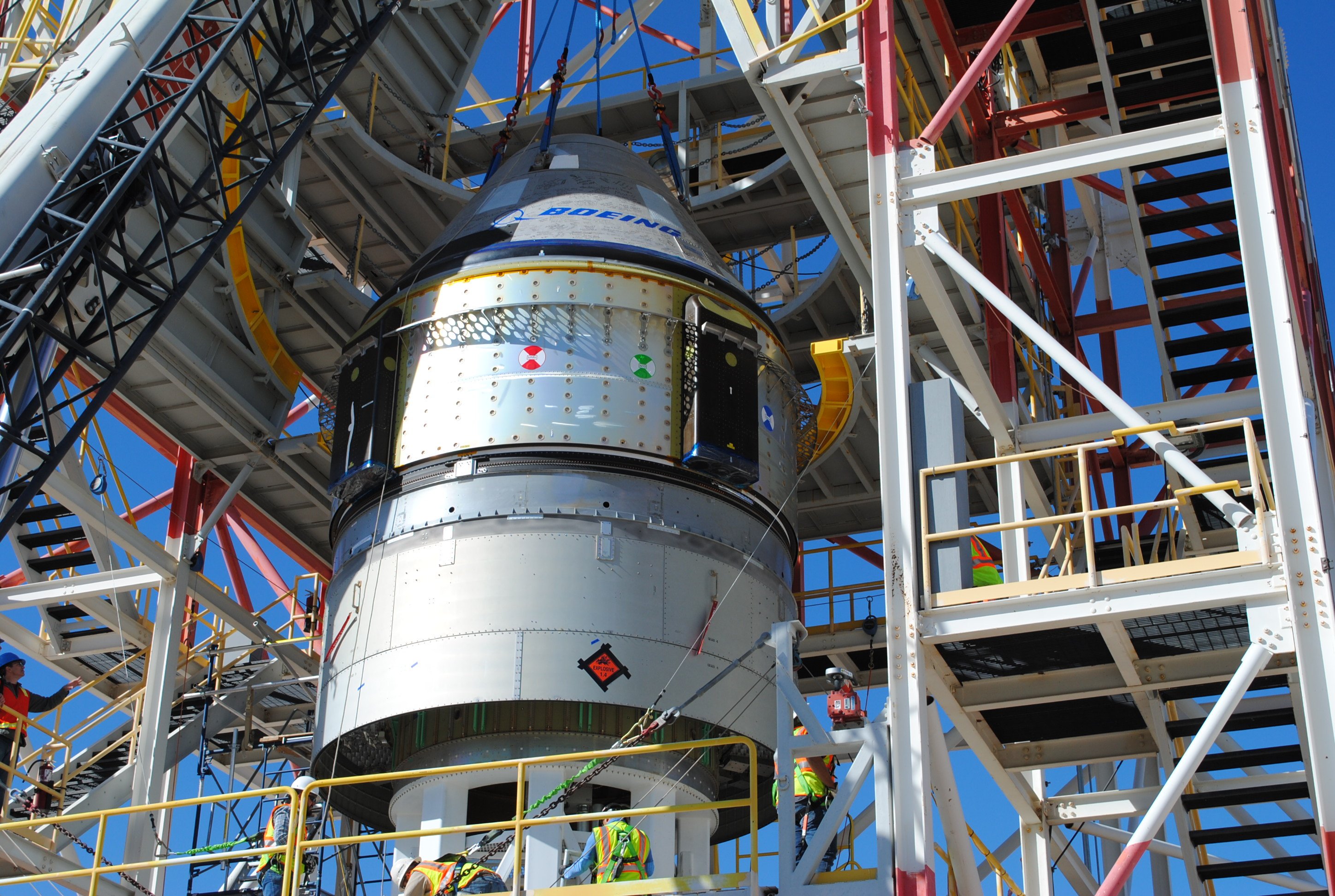
Credits: Boeing
The ascent cover and forward heat shield protecting the spacecraft’s parachutes will jettison 19 seconds into flight, followed by drogue parachute deployment, then main parachute deployment, followed by separation of the service module from the crew module, followed by the base heat shield. Finally, airbags will inflate, and Starliner will touch down gently a mile from its test stand, be recovered and brought back to nearby Launch Complex 32 for evaluation and analysis.
“That entire sequence — This’ll be the first time that’s demonstrated as on-flight hardware in the air,” said Evans. “So I’m very excited to watch all of that take place and then land under parachutes, on airbags, on land, which is the first American vehicle to do that.”
In all, the entire flight test from ignition to touchdown is only expected to last 1.5 minutes.
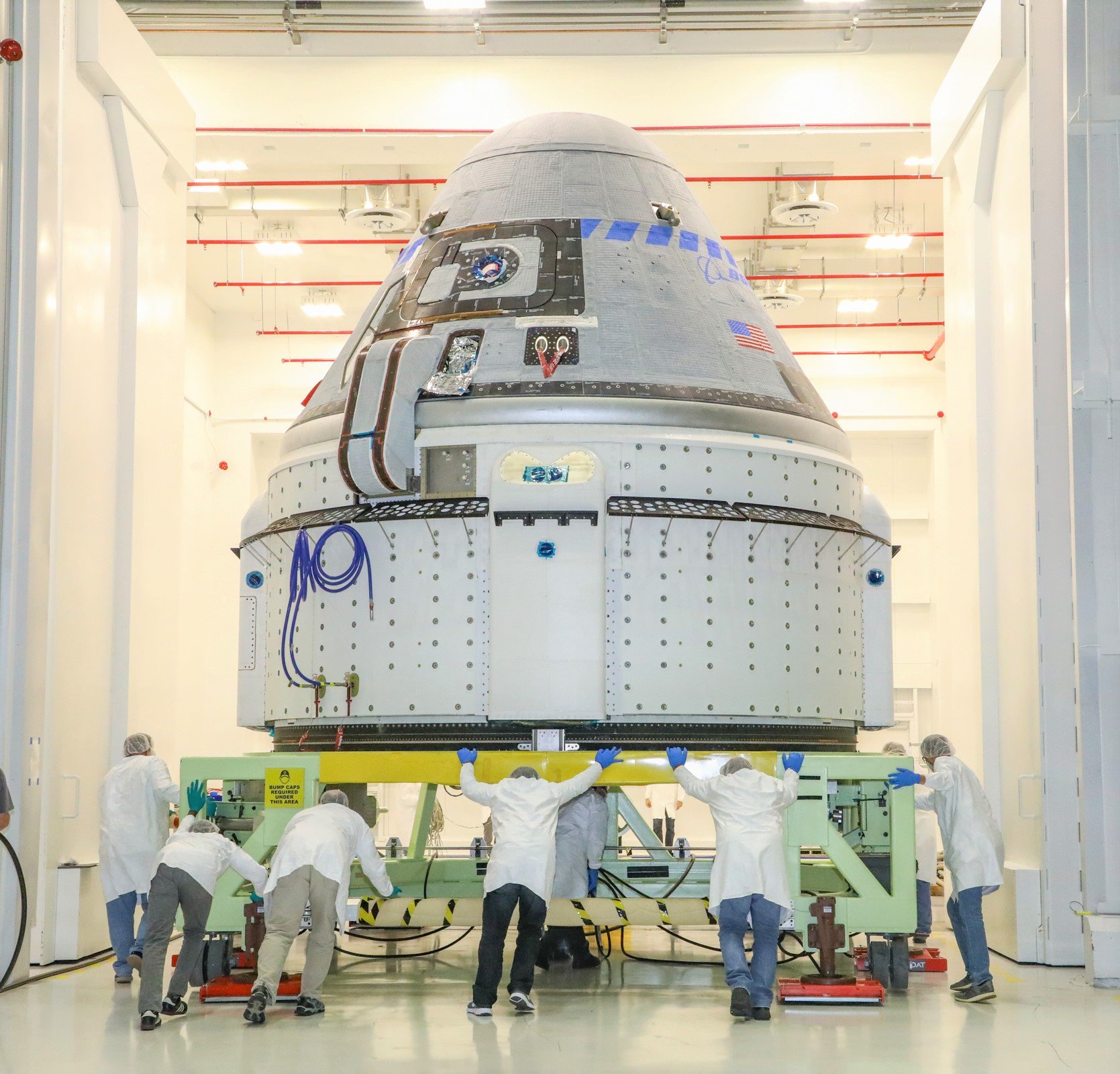
Meanwhile, the first Starliner destined for space is currently at the Kennedy Space Center in Florida being loaded with propellant, ahead of transport to meet its rocket later this month at neighboring Cape Canaveral Air Force Station for an uncrewed Orbital Flight Test in Dec, before NASA will put astronauts onboard for the Crew Flight Test next year, and fully operational contracted missions after that.
It should be noted too, that while SpaceX opted for both a pad abort and in-flight abort tests, Boeing did not, nor does NASA require it.
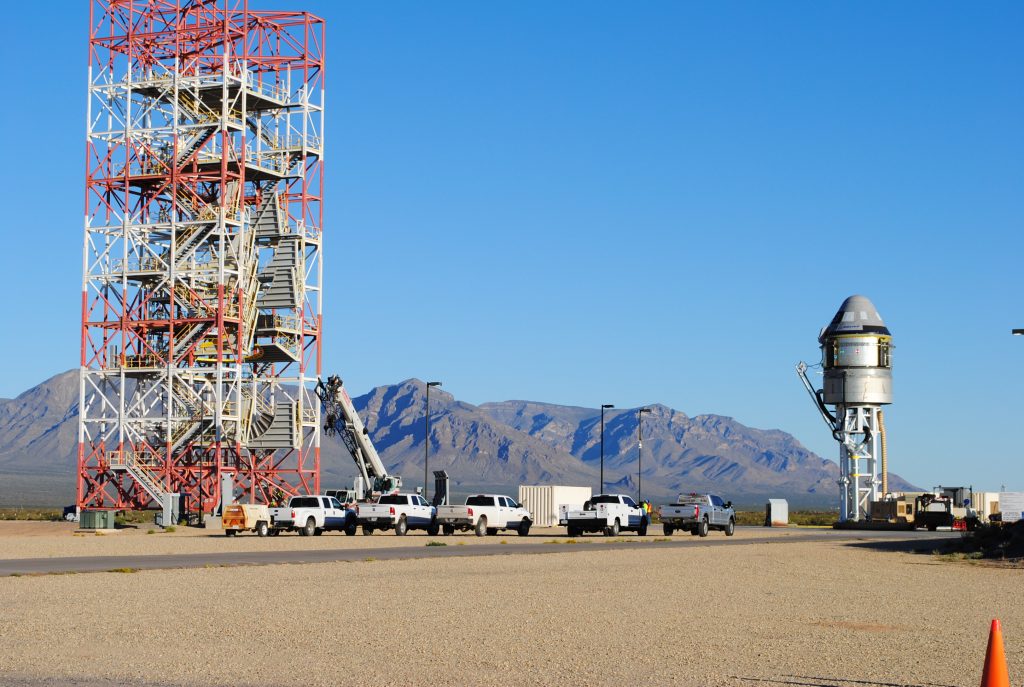
Credits: Boeing
“Boeing is not going to do an in-flight abort test. They’re just going to do the ground one,” explains Jon Cowart, Mission Manager for NASA’s Commercial Crew Program. “They think that they can get enough data and then extrapolate that out, with good analytical techniques that we’ve endorsed. They will go and do it in that particular way, versus SpaceX, which is going to do both. We knew about this up front, both Boeing and SpaceX, when they proposed their contracts to us and said, “This is how we’re going to get to real flights.” We understood exactly, and we bought into it. We think, and we agree with them, that we can get all they need from a pad-abort test.”
.
.
FOLLOW AmericaSpace on Facebook and Twitter!
.
.




